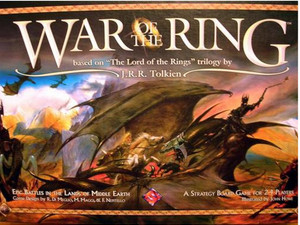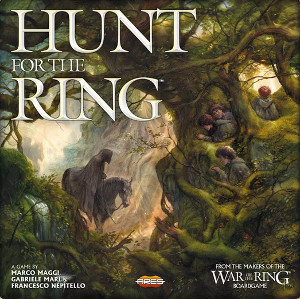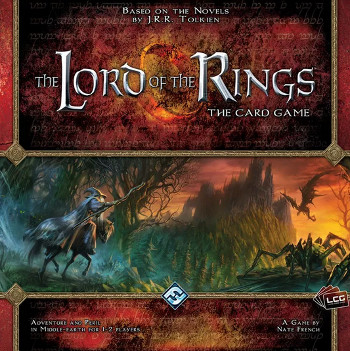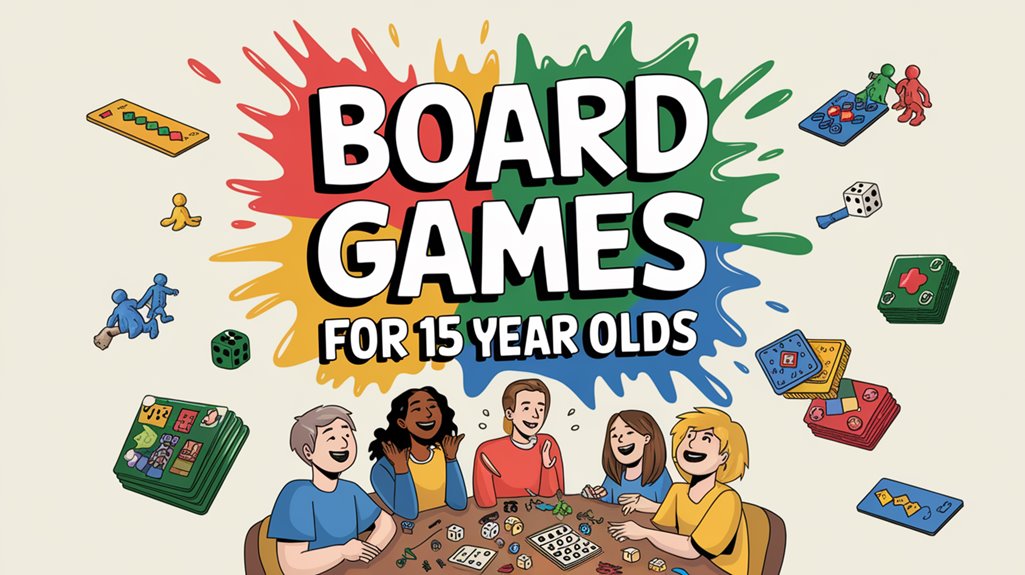Lord of the Rings board games present distinct mechanical frameworks that translate Tolkien’s narrative into structured gameplay systems. War of the Ring employs asymmetric faction powers and dice-driven combat resolution. Journeys in Middle-Earth integrates application-assisted narrative branching with modular tile exploration. The Fellowship of the Ring utilizes hidden movement mechanics paired with corruption track advancement. Each title implements unique victory conditions and component interactions that reflect specific aspects of the source material. These mechanical distinctions create fundamentally different strategic challenges for players to navigate.
Key Takeaways
- War of the Ring offers epic strategic gameplay with hidden Fellowship movement and large-scale battles across Middle-earth.
- The Lord of the Rings: The Card Game provides cooperative deck-building with tactical coordination and ongoing expansions.
- Journeys in Middle-Earth features app-driven storytelling with branching narratives and modular character progression systems.
- Hunt for the Ring delivers asymmetric hidden movement gameplay pitting stealthy Ring-bearers against pursuing Nazgûl.
- Middle-Earth Strategy Battle Game recreates tactical miniature combat with detailed army composition and scenario campaigns.
Epic Strategy Games That Capture Middle-Earth’s Grand Scale
When designers attempt to translate Tolkien’s sprawling narrative into board game mechanics, they must balance strategic depth with thematic authenticity across multiple gameplay systems. War of the Ring exemplifies this approach through its dual-track design, where one player manages the Fellowship’s quest using hidden movement mechanics while another commands Sauron’s forces through traditional area control and combat resolution. The Middle-Earth Strategy Battle Game takes a different approach, emphasizing tactical miniature combat with detailed army composition rules and faction-specific abilities that reward strategic positioning. Hunt for the Ring serves as a mechanical prequel, implementing asymmetric gameplay where stealth mechanics favor the Ring-bearer against pursuing Nazgûl players. These titles demonstrate how grand-scale strategy games can preserve narrative authenticity while delivering mechanically robust experiences.
Cooperative Adventures for Fellowship Building
Several cooperative Lord of the Rings board games prioritize fellowship mechanics through shared resource management and collaborative decision-making systems. The Lord of the Rings: Journeys in Middle-Earth integrates app-driven narrative branching with modular character progression, permitting players to customize heroes through skill trees while managing threat escalation across branching quest paths. The Lord of the Rings: The Card Game employs living card game mechanics where players construct complementary decks from sphere-based resources, requiring tactical coordination to manage encounter deck reveals and shared threat elimination. The Lord of the Rings Adventure Book Game utilizes puzzle-based exploration mechanics with simultaneous action selection, where players must coordinate movement and resource allocation across story-driven scenarios. These cooperative designs empower players to forge authentic Middle Earth fellowships through interdependent gameplay systems that demand strategic collaboration rather than individual optimization.
Card-Based Games for Tactical Deck Building
| Deck Building Element | Strategic Consideration |
|---|---|
| Hero Selection | Sphere coverage optimization |
| Resource Curve | Cost distribution balance |
| Card Synergies | Cross-deck interactions |
| Threat Management | Encounter mitigation |
| Victory Conditions | Scenario-specific builds |
Expansions significantly expand tactical deck building possibilities through additional hero options and specialized encounter sets, enabling advanced players complete freedom in constructing thematically unified yet mechanically optimized configurations.
Miniature Wargames Bringing Battles to Life
While card-based games excel at tactical deck construction, miniature wargames transform Middle-earth’s epic conflicts into three-dimensional battlefields where positioning, terrain, and unit coordination determine victory. The Middle-Earth Strategy Battle Game exemplifies this approach through miniature-based gameplay that demands precise tactical movement and formation control. Players command detailed armies representing various factions, utilizing complex rules governing line-of-sight, charge distances, and unit coherency.
Large-scale battles unfold across multiple game phases, incorporating movement, shooting, and combat mechanics that reward strategic positioning over randomness. Extensive scenario libraries recreate pivotal moments from Tolkien’s works, while competitive army-building systems facilitate custom force construction. High-quality miniatures and thorough rulebooks support both narrative campaigns and tournament play, offering wargaming enthusiasts complete freedom to orchestrate their preferred Middle-earth conflicts.
Hidden Movement Games of Cat and Mouse
The tension between hunter and hunted defines hidden movement mechanics in Lord of the Rings board games, where asymmetrical gameplay pits stealthy Ring-bearers against relentless pursuers across Middle-earth’s terrains. “Hunt for the Ring” exemplifies this dynamic through its two-chapter structure, enabling diverse strategic approaches as players alternate between controlling Frodo’s escape and commanding the Nazgûl’s pursuit.
The stealthy character possesses unique abilities, particularly Frodo’s ring-induced invisibility, creating tactical advantages against overwhelming odds. Asymmetrical objectives drive gameplay tension—Ring-bearers must evade detection while reaching safety, whereas hunters seek capture through coordinated movement patterns.
Component quality supports immersive gameplay through detailed tracking systems and atmospheric artwork. These hidden movement games successfully translate Tolkien’s narrative tension into mechanical frameworks, offering players freedom to investigate multiple strategic paths while experiencing the cat-and-mouse dynamics central to Middle-earth’s conflict.
Thematic Storytelling Through App-Assisted Gameplay
Although traditional board games rely on static rulebooks and manual tracking systems, app-assisted gameplay in “The Lord of the Rings: Journeys in Middle-earth” transforms narrative delivery through dynamic digital integration that functions as an automated game master.
| Traditional Elements | App-Enhanced Features |
|---|---|
| Static scenario outcomes | Dynamic story adaptation based on player choices |
| Manual stat tracking | Automated character progression and inventory management |
| Fixed campaign structure | Branching narratives with personalized story development |
The companion application eliminates traditional game master requirements while preserving narrative-driven gameplay integrity. Character customization operates through selectable job classes and abilities, enabling players to craft individualized adventure experiences without restrictive preset limitations. The upcoming Witch-King of Angmar campaign demonstrates the system’s expandability, offering additional storytelling pathways that maintain player agency within Tolkien’s established Middle-earth framework through sophisticated digital scenario management.





